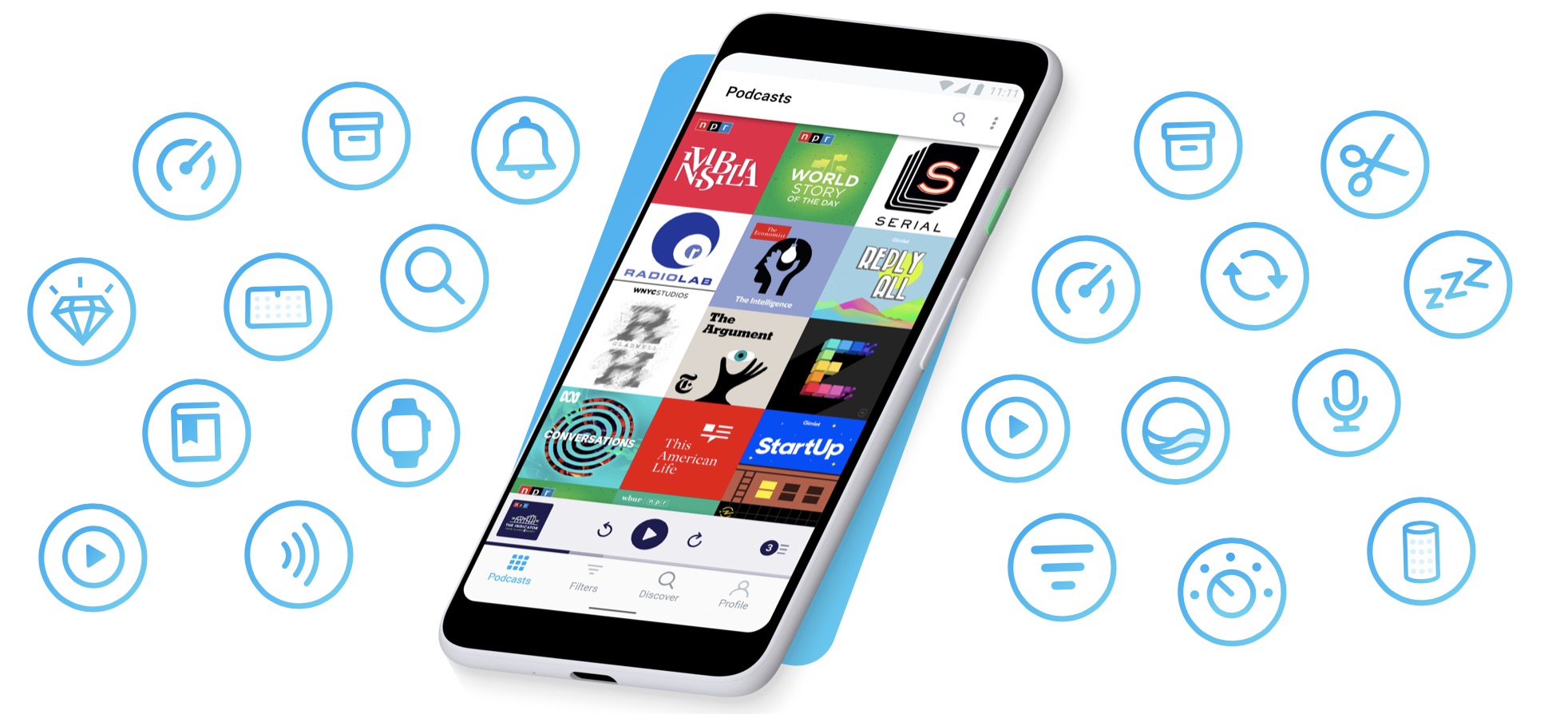

Nobody works out the math to see whether the subscription model actually costs them less than the old upgrade model, they just have a visceral reaction to it.
Under our glorious new model, the only way to match this is with subscriptions. Under the "old" model, PocketCasts could easily have been a $20–25 program with $12–15 upgrades when new versions came out every couple of years and it wouldn't have seemed unfairly priced at all. If every customer represents one and only one point of revenue - and that point is a third or a fourth what you'd have charged for the same amount of engineering work under the old model - this is a death spiral. The plateau you mention is, of course, why that can't actually work: most apps don't grow their userbase at a steady rate, they get bursts of new users when new versions come out - and usually fewer and fewer new users for each new version. The problem with the "new" model is that it's created a double-whammy of much lower prices in absolute dollars than we were paying ~15 years ago for software and an expectation that once you've paid that low price, you should get upgrades for free forever. This is a takeaway that I think is really important that a lot of people miss. If app stores allowed paid version upgrades this trend might not have happened.


 0 kommentar(er)
0 kommentar(er)
